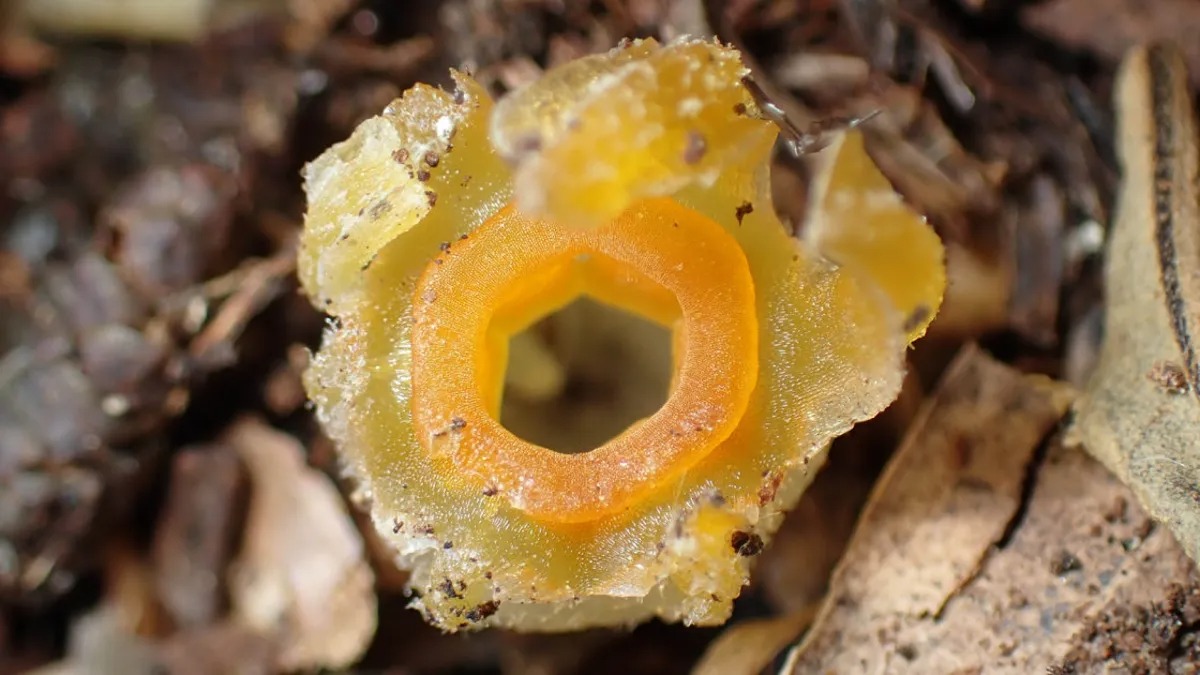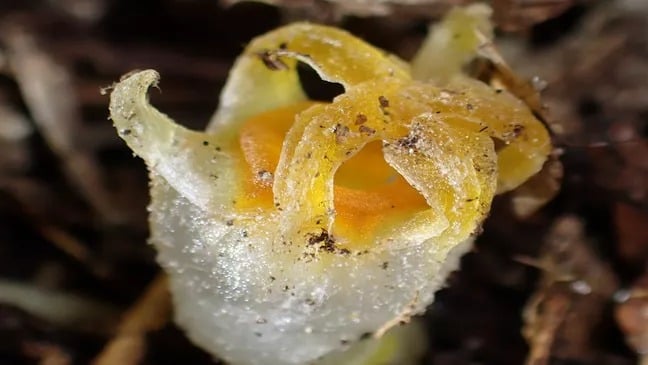
The rediscovery of a fairy lantern species in Japan is exciting researchers worldwide. The Thismia kobensis (T. kobensis) was first found in Kobe, Japan in 1992. But it was considered extinct after an industrial complex was built in the area, destroying the plant's habitat.
Fortunately, that was not the case. On February 27, 2023, a team led by Kobe University biologist Kenji Suetsugu revealed that the plants were alive and well. They had been found in a forest trail just 19 miles (30 km) from Kobe.
An examination of the plant revealed it is closely related to the Thismia americana (T. americana). The now-extinct fairy lantern species was found near Chicago, Illinois, over 100 years ago. The scientists speculate the plant may have migrated to the US over the Bering land bridge. The bridge connected Asia and North America over 10,000 years ago.
Fairy lanterns can be found in tropical forests worldwide. But the plants spend most of their lives underground and are hard to find. Their presence is revealed briefly when their unusual-looking flowers emerge above the soil. Due to a lack of chlorophyll, fairy lanterns cannot photosynthesize. Instead, the plants steal energy from fungi that grow around their roots.

Fairy lanterns are critically endangered plants. Most of the 90 species identified over the years have been lost shortly after their initial discoveries. The Japanese researchers are worried that T. kobensis will meet the same fate. They are exploring ways to grow the species in a botanical garden to ensure its survival.
Resources: Livescience.com, Cnet.com, Phys.org
